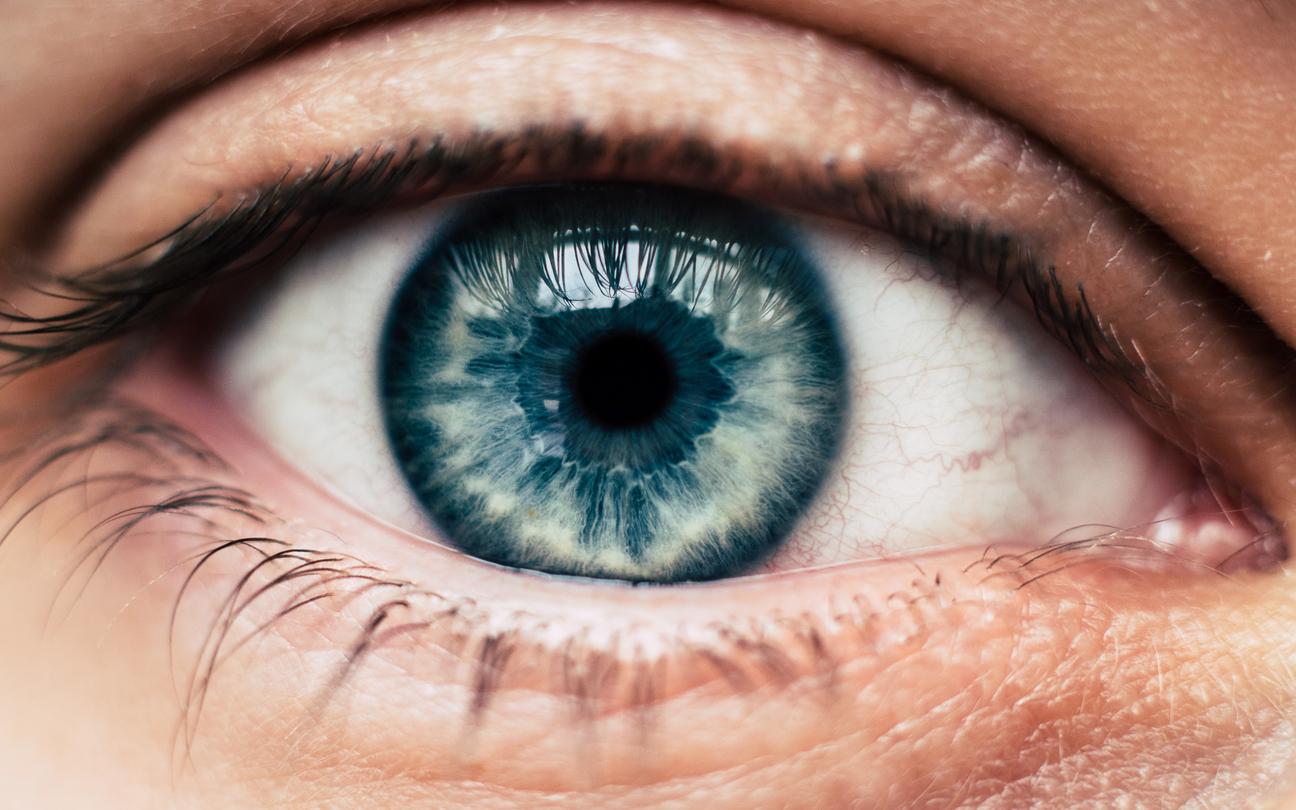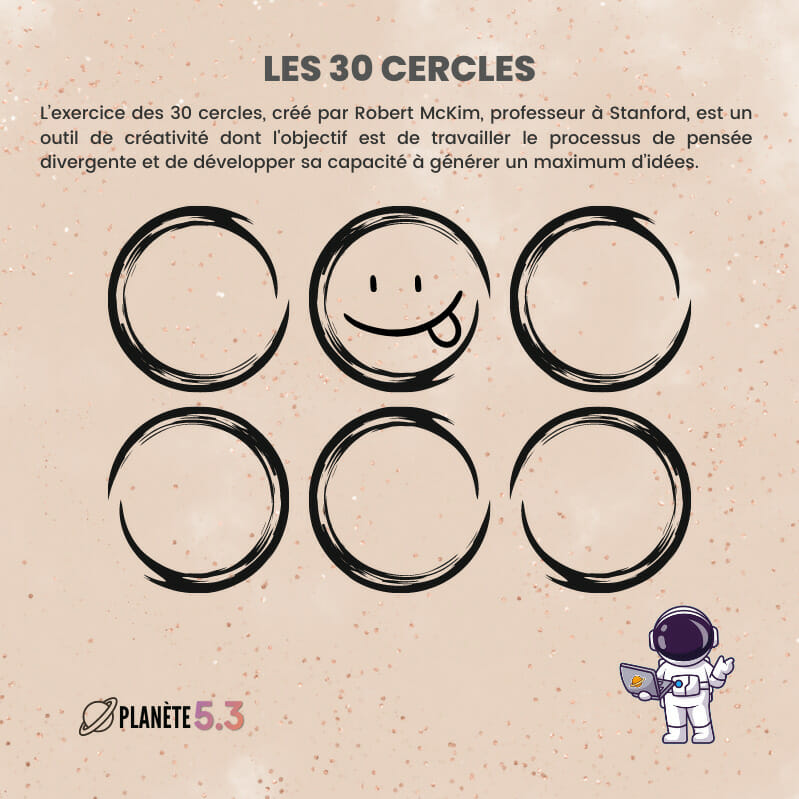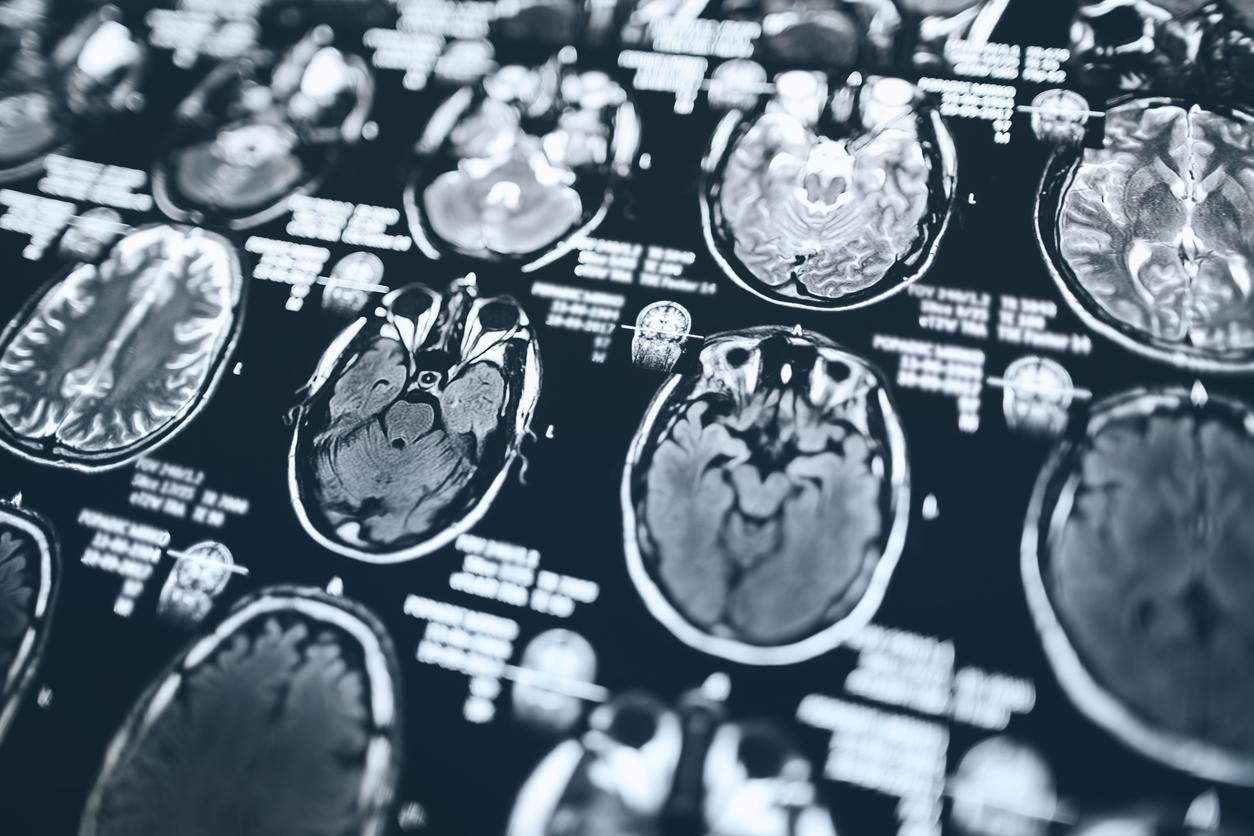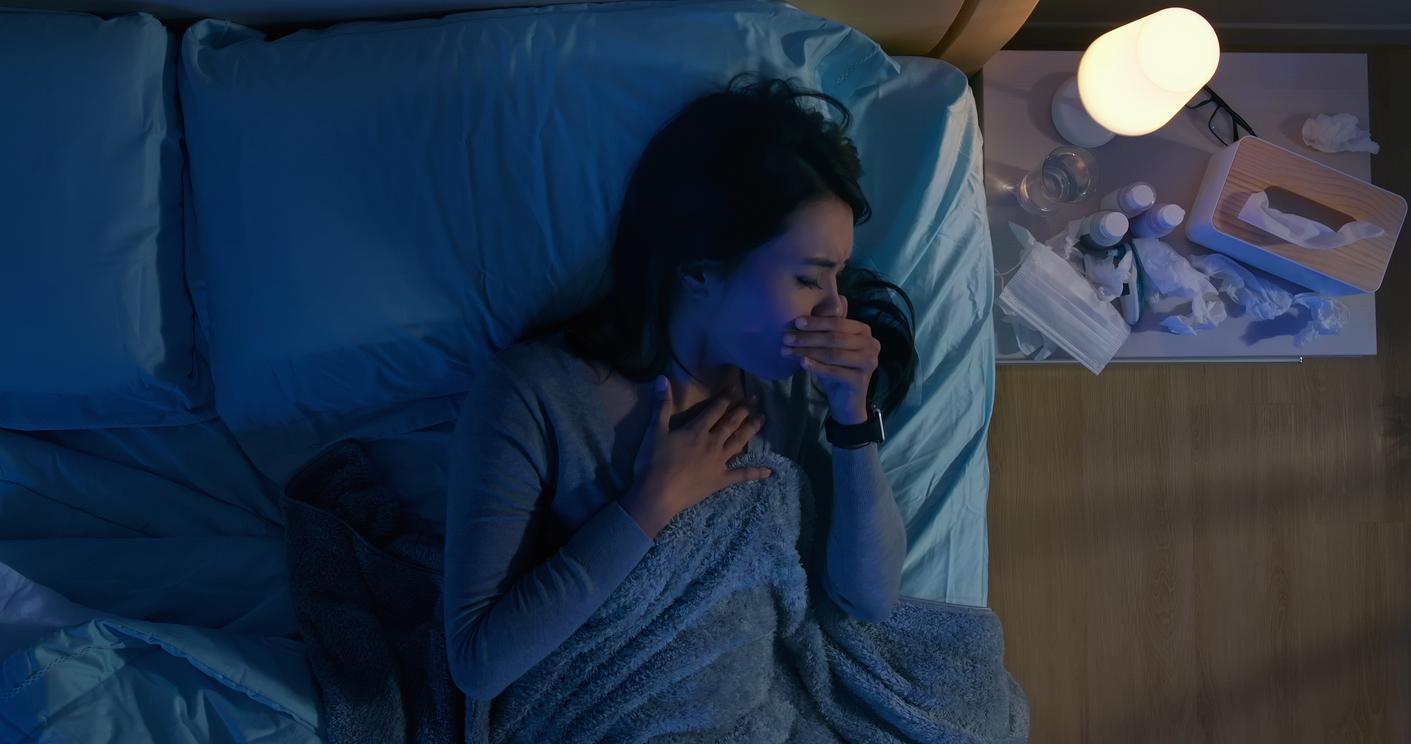A team of researchers has discovered that the pupil plays a key role in the consolidation of memories during slow-wave sleep in mice.

- By studying mice, researchers observed that pupil contraction consolidates recent memories during non-REM sleep, while their dilation reactivates old memories.
- This mechanism avoids “cataclysmic forgetting,” where new memories erase old ones. These cycles, brief and subtle, function like an internal metronome.
- These results could inspire advances in human neuroscience and artificial intelligence.
Researchers at Cornell University have revealed a surprising link between the pupil and how the brain consolidates memories during sleep. By studying mice equipped with brain electrodes and micro-cameras, they discovered that recent memories are consolidated during a substate of slow-wave (non-REM) sleep, when the pupil constricts. Conversely, old memories are reactivated when the pupil dilates.
Their work, published in the journal Naturecould not only improve memory reinforcement techniques in humans, but also help scientists optimize artificial neural networks.
A micro-structure of sleep to avoid forgetting
By exploring the memory of mice using various experiments (mazes, food rewards), researchers observed subtle variations in the pupil during sleep, associated with specific neuronal activities. According to them, this separation between the two sub-states of sleep avoids the phenomenon of“cataclysmic oblivion”where a new memory would erase the old ones.
The electrodes made it possible to record intense neuronal activities during phases of pupil contraction, corresponding to the consolidation of recent memories. During the dilation phases, older memories were reactivated and integrated into memory.
“Non-REM sleep is when memory consolidation occurs, but these moments are extremely brief, around 100 milliseconds, and go unnoticed in humans”explain the scientists in a press release. The pupil, by fluctuating between contraction and dilation, seems to play the role of an internal metronome allowing the brain to alternately process recent and old memories without interfering.
Similarities with human sleep
Contrary to what was previously thought, mouse sleep exhibits a variety of temporal structures reminiscent of humans. By disrupting these phases and testing the retention of learned tasks, the researchers confirmed the importance of these cycles in memory.
This research opens perspectives for better understanding memory processes in humans and improving educational or therapeutic strategies. It could also inspire models of artificial memory, by integrating systems that also alternate between learning and consolidation.















